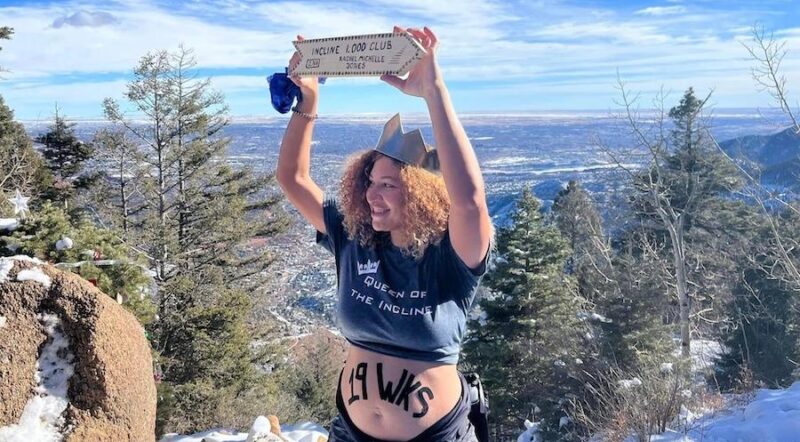Idaho’s Portneuf Greenway
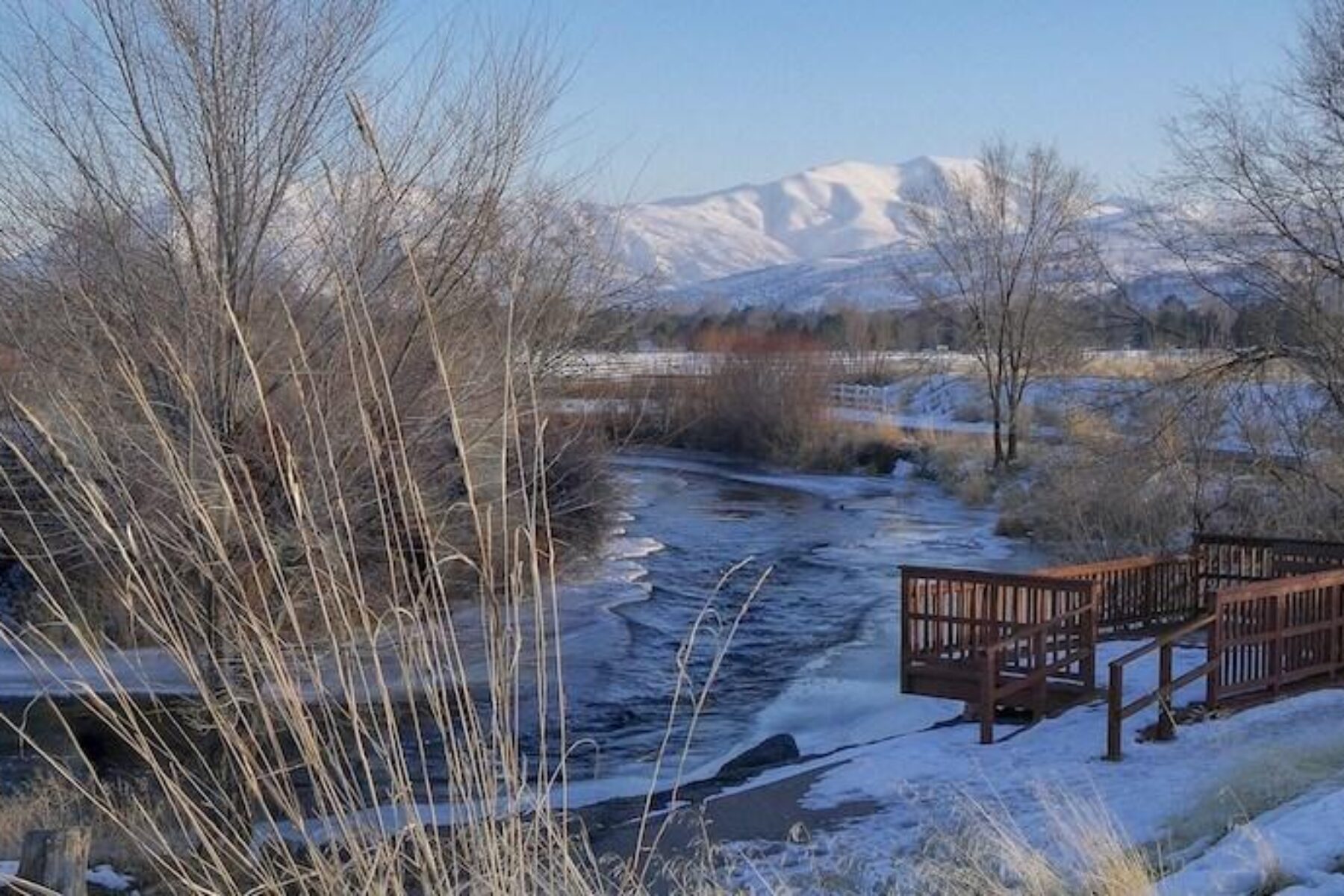
Trail of the Month: February 2021
“We’re trying to build a triangle that encompasses the city.”
—Dan Harelson, Idaho Transportation Department
For outdoor enthusiasts, it’s no mystery why Idaho places among the top 10 of states ranked by happiness, according to a 2020 survey by Wallethub that looked at factors such as emotional and physical well-being. With a rugged Rocky Mountain landscape and more than 20 million acres of national forest land, the state is known for its boundless recreational opportunities. Pocatello, billed as the Gateway to the Northwest, has a thriving mountain-biking and hiking scene, and a prime location within a day trip of three National Parks: Yellowstone, Grand Teton and Craters of the Moon. Here, in the southeastern corner of the Gem State, lies a diamond in the rough: the Portneuf Greenway, a developing trail system that aims to connect the entire Portneuf River valley, including Pocatello and neighboring Chubbuck.
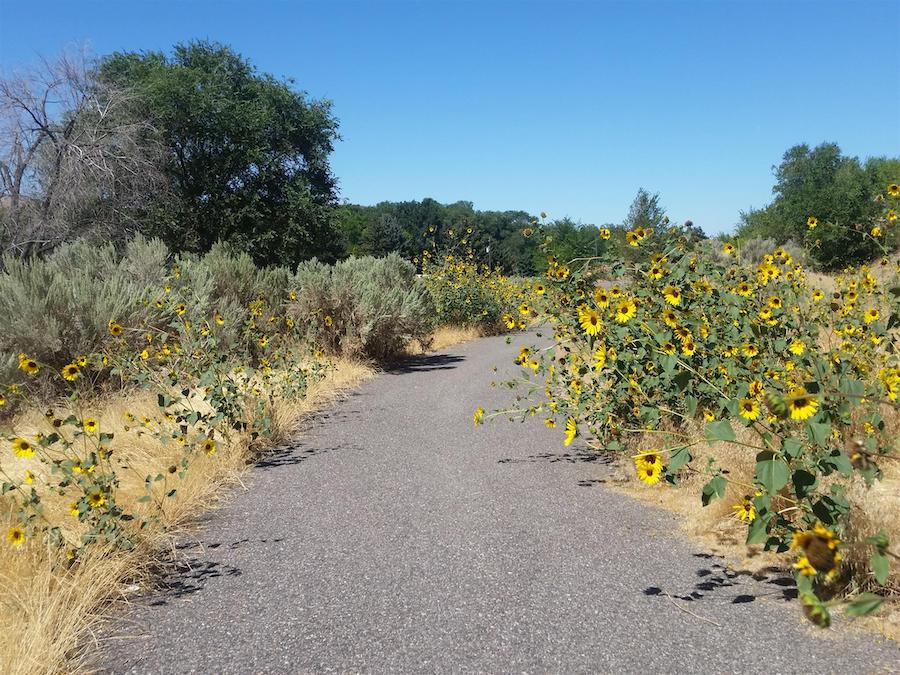
“We’re trying to build a triangle that encompasses the city,” enthused Dan Harelson, who wears two hats in Pocatello’s transportation world, one as an engineer with the Idaho Transportation Department and the other as a longtime board member of the Portneuf Greenway Foundation. “We’ve got one corridor that runs along the Portneuf River and another corridor that runs north-south along Interstate-15. Across the north end of town, we’d connect those two longer corridors, and then they’d also come together down at the south end.”
Evolving over the course of nearly three decades, pieces of the Portneuf Greenway have steadily been constructed a mile or two at a time. The big vision of the greenway—a 27-mile expanse of continuous paved pathway—is, today, almost within sight. Its handful of open segments totaling 16+ miles are already proving popular, winding along the Idaho State University campus, several well-loved parks, Zoo Idaho and the Bannock County Historical Museum, which includes pioneer artifacts and exhibits on the indigenous Shoshone and Bannock tribes.
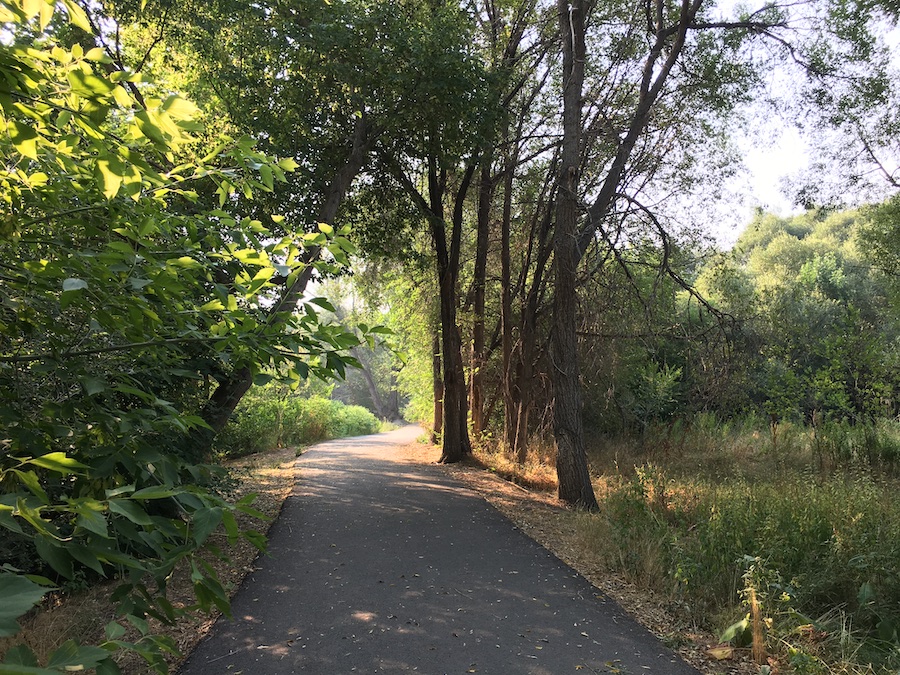
One of Harelson’s favorite spots is the greenway’s passage through Sacajawea Park, a scenic natural oasis in the city set against the river wilds. Emerging from the mountains, the Portneuf River—a tributary of the Snake River, a major waterway of the Pacific Northwest—flows placidly through town. Its valley allowed migrants on the famed Oregon Trail, and later travelers by stagecoach and railroad, passage through the mountains to points west.
Within the last few years, the river has been seeing a new type of visitor—those coming by raft, tube, kayak and canoe thanks to the city’s Portneuf River Vision, which is aiming to make the river more accessible and floatable. Although a portion of the river running through the central business district was channelized with a concrete lining and fencing in the 1960s after an extreme flooding event, access to the river has been opening up along the Portneuf Greenway, including put-in points in Centennial, Rainey and Taysom Rotary parks, and the Edson Fichter Nature Area.
A Roadmap for Trails
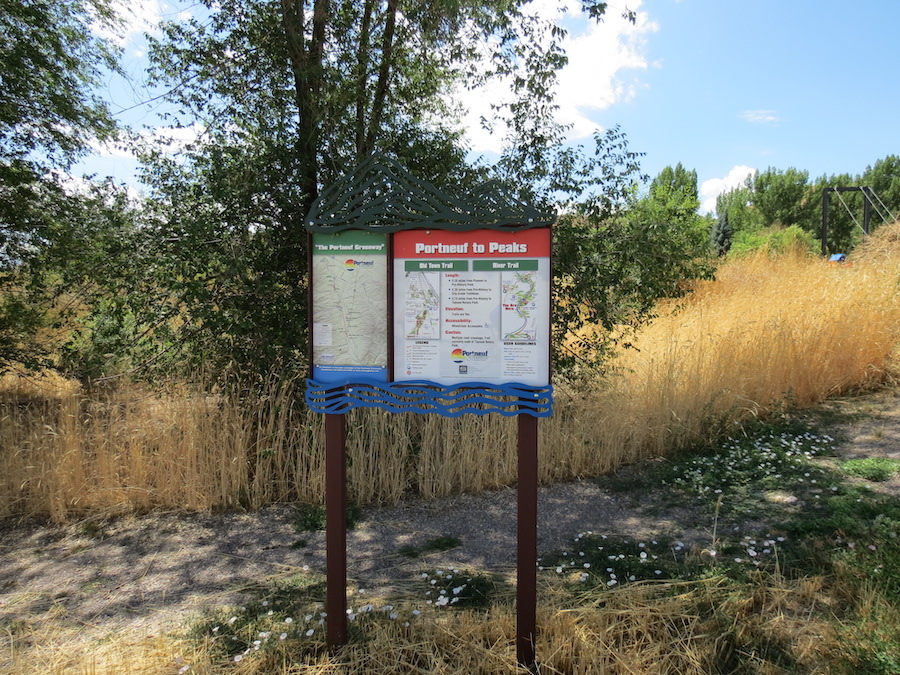
Back in 1992, when the all-volunteer Portneuf Greenway Foundation was established, building the trail through the river corridor was—and still remains—a priority. However, as much of the land along the waterway is in private hands, this goal has proved elusive, and the group has looked elsewhere for places to expand the trail system.
“The river corridor has been the hardest piece to get because we were not fortunate enough to have our river protected by public right-of-way, so the Foundation has been really focusing on the Interstate-15 corridor—and that’s the one that’s seen the most growth in the last three to five years,” explained Mori Byington, director of the Bannock Transportation Planning Organization, an important partner in developing the trail’s master plan.
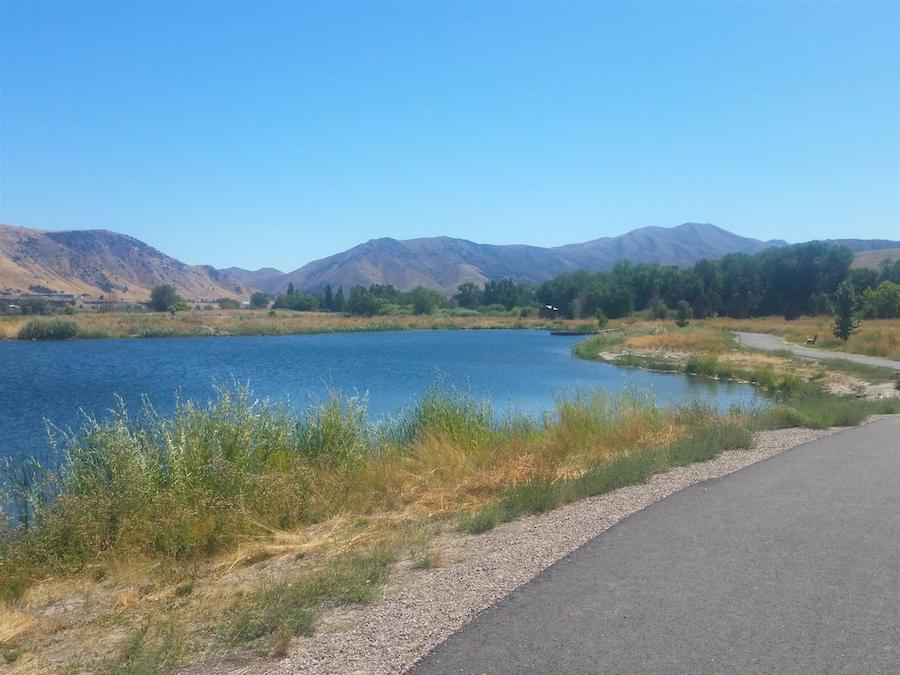
Working hand in hand with the Idaho Department of Transportation, trail advocates have been successful in this new push to keep the trail momentum going.
“As an engineer with the transportation department, I had insights into different funding mechanisms and saw new opportunities to piggyback some of the greenway work with our work,” noted Harelson. “There’s a lot of emphasis on trying to accommodate other modes of transportation when we do a highway project.”
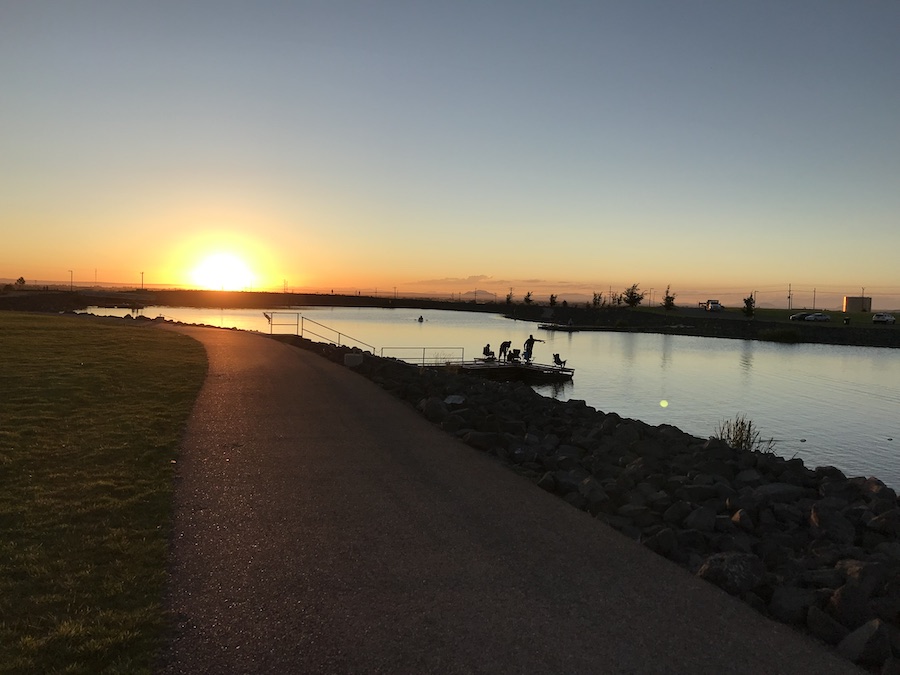
Harelson shared the example of recent work on a Portneuf Greenway project along I-15, which will serve as an important commuting route connecting major employers, such as the Portneuf Medical Center and the Farm Bureau Insurance company, as well as popular recreational venues, like the Portneuf Wellness Complex and the Bannock County Fairgrounds.
“We were able to get an agreement that allowed nonmotorized transportation adjacent to the freeway—and that sounds bad,” Harelson chuckled. “But we’ve got a pretty wide right-of-way, so trail users are separated from the traffic by a hundred feet or more.”
Byington also pointed out additional steps taken to make the interstate trail more enjoyable. “Most of the time, the trail will either run below or above the interstate, usually by 30 to 40 feet. I-15 cuts through foothills, so there’s a lot of elevation changes that we can take advantage of to be away from the roadway so it’s not as noisy or unpleasant.”
A Natural Fit
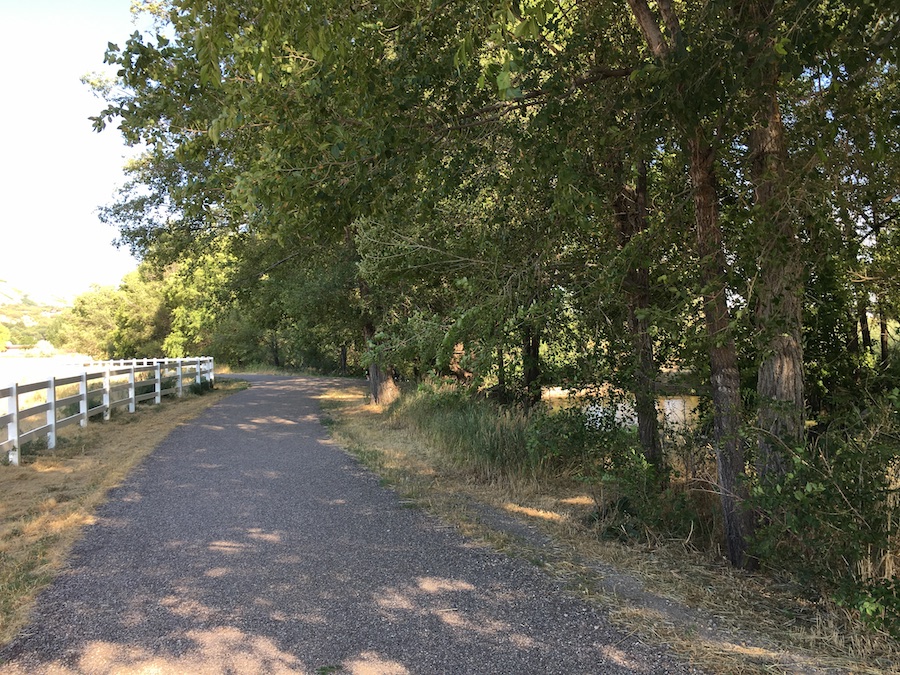
Eventually, the trail along I-15 will travel all the way from Idaho State University about 5 miles north to the Portneuf Wellness Complex, an 80-acre park and a hot destination with a plethora of options for outdoor fun.
“We know that physical activity is the most beneficial thing that you can do for your health, so one of our major goals is to get people to be physically active,” said Shaun Menchaca, CEO of the Portneuf Health Trust, which funded the Portneuf Wellness Complex as a gift for the community. “We put in multiuse fields, a playground and sand volleyball courts; we built a lake for swimming; and the complex is circled by a walking trail.”
Over the last few years, usage of the Portneuf Greenway has rapidly increased, Menchaca observes. “I see a lot more people walking and riding their bikes. If you go to the Wellness Complex in the summer, you might see as many as 1,000 people a day that walk the trail. It’s just busy all the time.”
In addition to support from organizations like the Portneuf Health Trust and donations from individuals, money for the greenway also comes from federal sources, like the Recreational Trails Program, a crucial funding stream for trails nationwide that has long been championed by U.S. senators from Idaho, like James Risch (R-ID).
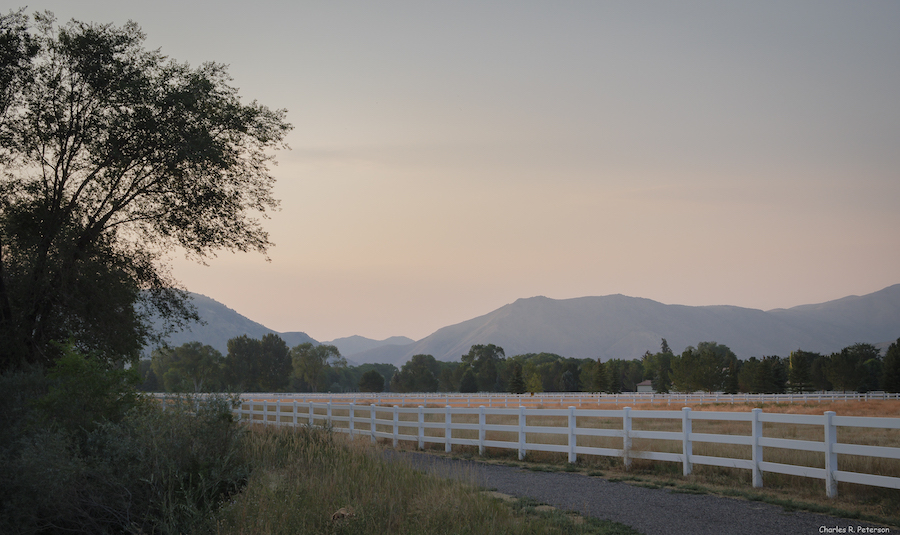
“The value of federal funding is very high, because it allows us to do some of the more expensive projects and to be able to leverage some of the local dollars raised by the Portneuf Greenway Foundation,” said Byington. “It really helps the Foundation go a lot further with the greenway.”
Harelson has been a resident of Pocatello for 30 years and, with such strong buy-in from the community—including citizen volunteers, nonprofit organizations, government entities and local businesses—is very hopeful about the trail’s future.
“What I’ve really found rewarding is building partnerships and building coalitions with other organizations and people in the community,” he reflects. “That’s something I truly enjoy. Everybody brings something a little bit different to the table, and we’re able to pull things together and make big projects happen that the community appreciates.”

Donate
Everyone deserves access to safe ways to walk, bike, and be active outdoors.


